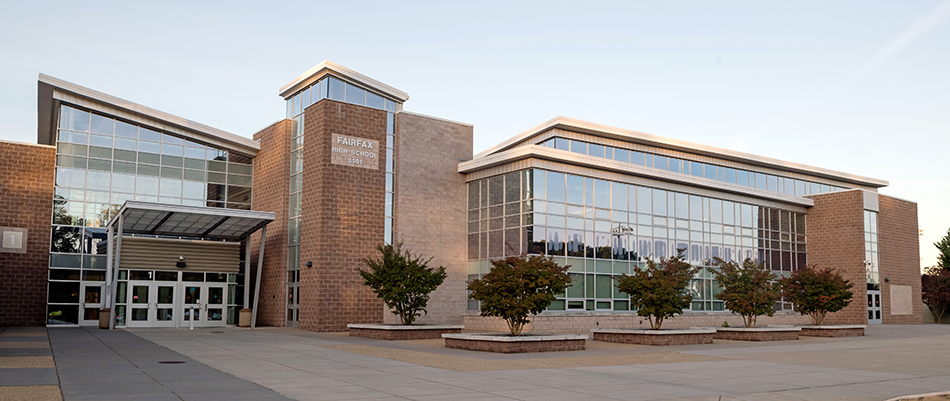By Brad Swanson:
School board members have great power in Fairfax County, the 10th largest school district in the country, with a budget of almost $3 billion. And candidates – who are technically non-partisan — avidly seek the endorsement of the Democratic Party to gain advantage in this increasingly blue region.
But who decides which candidates will get the Democratic endorsement?
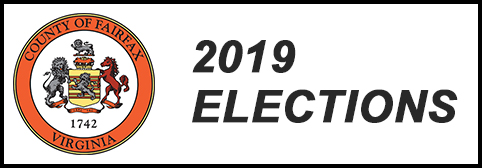
Behind this simple question lie complex issues that call into question not only candidate selection but the identity and role of the Fairfax County Democratic Committee (FCDC).
Tension is evident within FCDC as the crucial general membership meeting on May 21 draws near. This is the meeting at which FCDC will make its endorsement decisions.
The winners – one candidate from each of the county’s nine magisterial districts and three at-large – will carry the banner of the party into the general election on Nov. 5.
FCDC Chair Dan Lagana saw fit to remind members in an email on May 14 that, “We are on the same team… FCDC and the Democratic Party resolutely believe in, and rely on, fair play and good faith in our practices.”
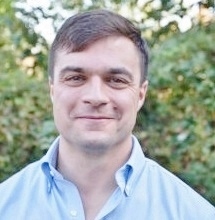
Lagana’s comment came after concerns that some candidates have tried to “pack” the committee with their supporters, and that some FCDC members may “bullet vote” for only one candidate, a practice that many believe is unethical.
The root of the problem is that school board races are formally non-partisan.
This means that Democratic candidates cannot slug it out in a primary election, open to all voters, to decide who will bear the seal of approval of the party in the general election.
There will be a primary, of course, on June 11, to decide the Democratic candidates for contested state Senate and House seats, as well as several Board of Supervisor positions, which are all partisan. (See primary information here) All registered voters may participate.
But you won’t see school board positions listed on the ballot.
So how do Democrats select their favorites for these races?
For now, the choice is up to the members of FCDC.
At one level, this seems fair. FCDC after all is a group of dedicated Democratic activists—why shouldn’t they have the authority to pick the candidates?
But some question the right of a small group like FCDC to make such important choices.
As Sean Perryman, FCDC recording secretary, observed recently, the vote total in Hunter Mill Democratic Committee’s May 8 poll, which endorsed Melanie Meren for school board, was 136. But during the last school board election, in 2015, more than 21,000 people voted.
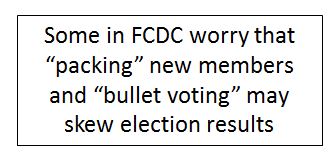
“In a solidly Democratic district, that means you effectively have a fraction of 1% of the overall electorate deciding who makes decisions for parents and their children,” wrote Perryman. “The current endorsement process is exclusive, undemocratic, and we can do better.”
Perryman worries that the closed endorsement process may favor older, white party loyalists. But others also see the risk of unsuitable candidates packing FCDC with supporters for the sole purpose of gaining an endorsement.
After all, FCDC membership usually only requires a simple application and a $40 payment – which can be waived in case of hardship.
Although new members need approval at the district level, ratified by the general membership, the vetting process is rudimentary. Once a person’s identity and contact information are verified, a simple expression of good intentions is usually sufficient to obtain approval.
In fact, membership in FCDC doubled earlier this year — although still in the low thousands – in the run-up to the March 22 cut-off date for applications in order to be eligible to participate in endorsement votes. Many new members are suspected by some FCDC veterans of joining solely to vote for a favored candidate.
This, of course, cannot be proven – but it can poison the atmosphere.
Another tactic that could skew election results within the closed process is called “bullet voting”. This is when voters cast a ballot for only one candidate even though multiple choices are allowed.
For example, four Democrats –Rachna Sizemore Heizer, Karen Keys-Gamarra, Ilryong Moon and Abrar Omeish — are vying for three at-large school board slots.
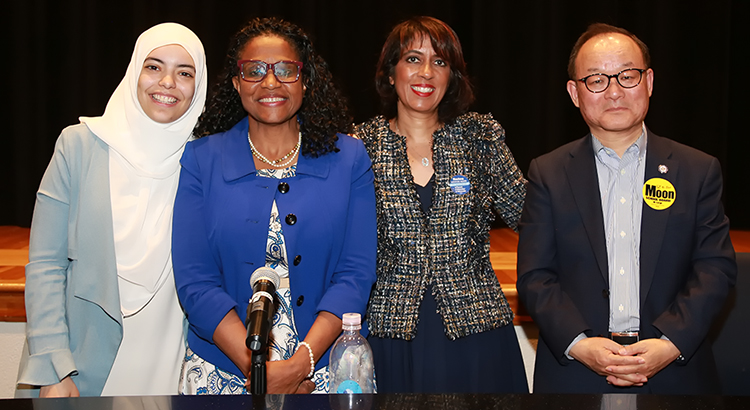
In addition, four candidates are competing for FCDC’s endorsement for three at-large Soil & Water Conservation Board seats, which are also technically non-partisan. They are: Monica Billger, Richard Clayton, Chris Koerner and Gerald Peters.
In each case, since every voter can vote for up to three candidates, if a voter only votes for one, that reduces the potential vote total for all others.
FCDC Chair Dan Lagana warns that “lingering bitterness between colleagues and within FCDC, while natural after campaigns, will be pronounced and prolonged if a candidate wins because their supporters bullet voted for that candidate and no one else.”
The threat of bullet voting was highlighted by a flier distributed on behalf of Abrar Omeish during FCDC member early endorsement voting on May 11. The flier urged voters: “Please vote only Abrar! Do not vote for any other school board candidates.”
The candidate said she and her campaign had no involvement or knowledge of the flier. “I did not make or authorize the flyer,” Omeish wrote on Facebook on May 15. “I did not distribute it personally or through my team of volunteers, I do not endorse its exclusionary message, and I do not believe in negative campaigning during a Democratic process.”
In fact, some FCDC members see nothing wrong in voting for only one candidate if the voter does not know or support any others. But all draw the line at actively discouraging voters from exercising their right to vote for multiple candidates.
How can the process be improved?
For Lagana, the answer is clear: “I do not believe in party members-only endorsements in ‘non-partisan’ races,” he wrote on Facebook May 14. Instead, he proposes to emulate a primary, in which all registered voters are free to participate. Because the races are non-partisan, the party, not the Virginia Department of Elections, would run the polls. Party-run primaries of this nature are often called “firehouse primaries” or “unassembled caucuses”.
Supporters of “firehouse primaries” note that opening the process would in theory make it more representative and do away with the risk of “packing” FCDC with single-minded supporters.
Some FCDC veterans see abandoning candidate selection as an opportunity to refocus on what they believe is the committee’s core function – helping candidates campaign and win elections. They envision a more disciplined, effective and collegial FCDC once the “mission creep” of endorsement voting has been eliminated.
Lagana blames himself for not pushing harder to change the endorsement process after he took office as chair in January 2018. “I did not communicate the need for reform effectively, and here we are,” he wrote.
For now, the process is in motion and cannot be altered until after the general election on Nov. 5. But another round of soul-searching is likely to occur shortly after the dust of that election clears.
“As long as I am a member I will push for reforms,” vows Lagana.
***
Note: FCDC will hold early voting for at-large school board and soil and water board candidates on May 19th at 12:00pm – 4:00 pm at FCDC Headquarters, 8500 Executive Park Ave Suite 402, Fairfax, VA 22031.
On May 21st at 7:30 pm, the FCDC endorsement meeting for at-large candidates will be held at Lake Braddock Secondary School. At this meeting, the committee will also ratify the endorsement votes of the district Democratic Committees.
Voting is open only to those who applied before the March 22 deadline and were elected into FCDC by April 9th, 2019.
Brad Swanson is the editor of The Blue View. He can be contacted at newsletter@fairfaxdemocrats.org
Main photo: Fairfax High School, opened in 1935, was re-dedicated in 2007 after a $54 million renovation, debuting 17 new science and social studies classrooms, a new library, and technology improvements in every classroom.

